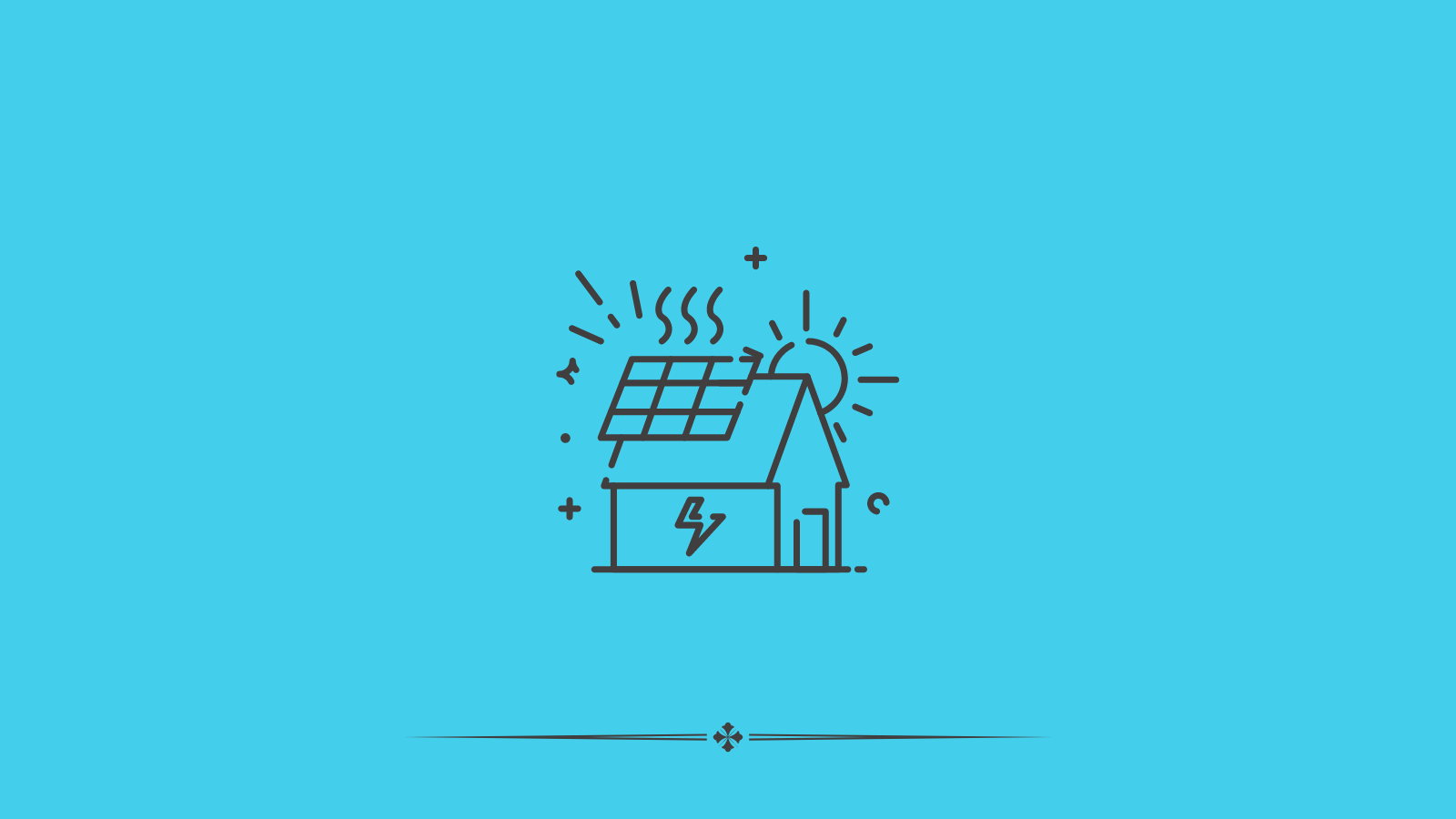7 Eco-Friendly Remodeling Tactics to Elevate Property Value
With more information about climate change being released, it brings to light the damage done to the Earth and exposes us to the repercussions – which come in the form of erratic weather changes.
To prevent further damage, and to live as sustainably as possible is the route that many have opted for. Sustainable living does not only protect the environment, it also soothes the pressure on your pockets.
In this article, we look at how implementing sustainable changes to your household can impact the value of your property in a positive way.
Chapters
Understanding property value

How much you bought your house for, or how much you may potentially resell it for in the future is not actually how much your home is worth. Property value takes into consideration several factors surrounding your home in order to estimate its value.
This is the amount that your house will sell for in optimal conditions. Granted that the house may not actually be sold for this price, but it plays a role in acquiring mortgages or financing and is integral to getting property insurance.
How much it costs to make changes and renovate your home, does not equate to value. It can end up being higher and lower than the cost you put into the house, especially if there are large flaws in the house’s design that are picked up during the sales process.
Aspects that affect property value
Properties also work with supply and demand and that also plays a role in its value. The usefulness of the house to its future owners is also crucial to its value.
Appraisers will look at aspects like the location of the property, the close amenities, socio-economic factors, climate, and terrains all play factors in how much demand there is for a property like yours.
How does remodeling improve property value?
By making positive changes to your home it can increase the demand and subsequent value of your home.
Due to many people becoming environmentally cautious, there is a demand for houses that do not create too much waste and increase their carbon footprint.
If you are making sustainable and environmentally sound changes, you will lower your operating costs which is also a positive in the eyes of potential buyers.
Not so much a property value-related positive, but an additional benefit is that some states and regions offer tax incentives for homes that have energy-efficient changes made to them.
Research to do before you remodel
Before you begin your journey to remodel your home there are several aspects that you need to look at.
• For example, if you live in Florida, which is a warmer area, you need to learn about the climate and terrain of where your home is situated so that you can optimize your remodeling plans.
• Look at the small changes you can make in addition to the big ones in order to have a greater environmental impact.
• Look at your home’s energy and water consumption and how much is used on a monthly or annual basis. Take into account your heating and cooling systems, washing habits water usage, and how large appliances contribute to energy bills.
• Research certified suppliers of the products you will need for your renovation ideas.
• Permits that you will need for each project.
Environmentally beneficial ways to remodel and renovate

Reduce, reuse, and recycle are the common words that come to mind when you think of environmentally friendly actions.
Using that mantra and other ways, you will be able to remodel your home to help bring down both the operational costs of your house and the negative environmental impact. You will also reap benefits such as lowered energy bills, reduced water usage, and overall reducing your carbon footprint.
1. Insulating your home
By insulating your home, it regulates the temperature inside the home meaning that you won’t have to use a heater in winter or an airconditioner in summer. Thus lowering energy usage for heating in winter as well as reducing the use of air conditioners and electric fans in summer.
The practice of insulation will prevent energy from being wasted. This process sees all the crevices in the home filled with certain materials that prevent air from escaping. You can insulate various parts of your home, such as the walls, roofing, and floors. It also prevents cracks from developing in the home’s constitution and prevents mold from building up (and by extension preventing the family from getting sick).
Another benefit of soundproofing is that it also provides soundproofing, which is especially useful if you live in an area with a lot of noise – like a city.
2. Solar panel installation
This is where you have a large panel installed on the roof of your home. It uses energy harnessed from the sun to power up your house. It is an addition to your home that is both affordable and suitable for all climates.
By installing a solar panel you will not only save on energy costs, but you may receive a tax incentive depending on the state that you live in. This panel doesn’t need to be maintained and is one of the more secure and safer energy options to have. In addition to this, if the grid experiences a problem your home will still be running.
3. Sustainable water practices
Like energy-saving options, you can also make distinct changes to how your water is used in your home. This includes installing tankless water heaters which reduces energy usage, and collecting rainwater for irrigation purposes.
Another useful change to make is installing low-flow water fixtures. This is a plumbing practice that allows for less water to pass through the system, reducing water use and waste.
4. Repurpose and recycled
Repurposing and recycling are mainly for aesthetic purposes. You can use materials that have been reclaimed, recycled, or repurposed for your home. For example, reclaimed wood can be used as indoor flooring, feature walls, or even as flooring for your patio.
5. Landscaping changes
Look at drought-resistant landscaping options. This can be done by reducing areas that require watering. You can plant water-wise plants, install a water feature in your yard, or use the natural terrain of your home to implement water-smart slopes.
An action as simple as planting your greens densely you can prevent the condensation of soil which helps enhance biodiversity in your yard.
6. Passive design strategies
This is a means of designing your home in a way that works in tandem with the climate you are based in. This process takes into consideration how the house should be laid out, what materials need to be used, and how it needs to be formed so that it allows for the natural elements to optimize the heating, cooling, and lighting of the home in a sustainable way. This design also promotes reducing energy consumption by removing the need for excessive air conditioning and heating in the alternating seasons.
7. Focusing on the openings of your home
This process looks at areas in your home where there are windows or glass doors. By installing windows and doors that reduce infrared from the sun to pass through helps keep the weather indoors neutral. It prevents energy from being wasted through overconsumption during seasons such as winter and increases the heating
Wrapping Up
The value of your home is directly related to the demand there is for homes like yours as well as the benefits that it can provide to potential sellers. With more people focusing on sustainable living due to the increased concerns surrounding climate change.
In order to boost your home’s property value you can consider eco-friendly renovations to implement.
Improve your Marketing with the Power of AI
See how you can start with AI Marketing and reach your goals faster than ever before. Check out the Tips, Strategies, AI Tools, Masterclass, Courses, and Community. Unleash the true potential of your brand with the help of AI.